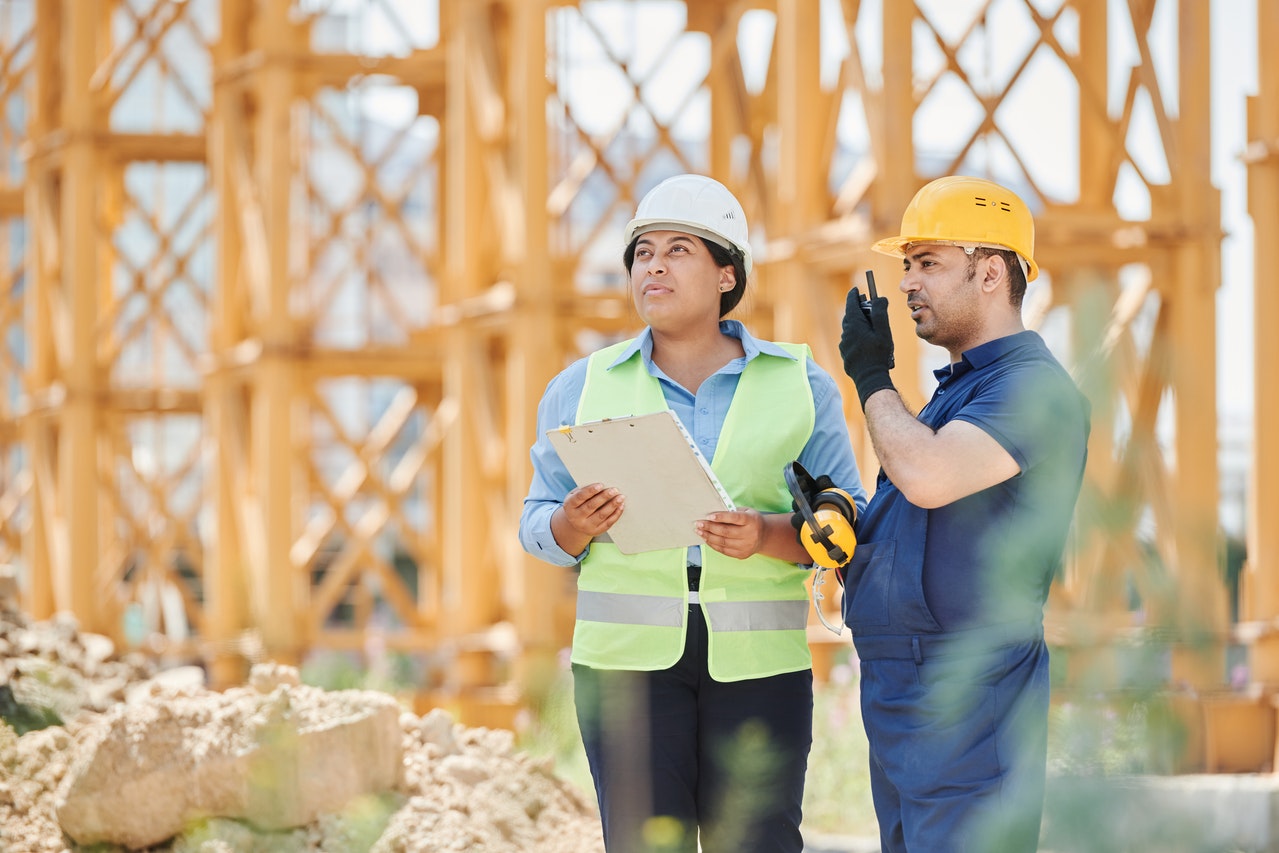
What Is Modular Construction?
In modular construction, prefabricated structures are manufactured in a factory using assembly line methods and transported elsewhere to be assembled on a building site. Much of construction work may be completed in the factory—walls, floors, roof, doors and windows, plumbing, wiring, ductwork, heating and cooling systems, fixtures, finishes, etc. Cranes are used to load modules onto flatbed trucks and then to offload and position them on a foundation already constructed at the building site. Once the individual modules are joined together, they form one building that meets all building code requirements.
Surety Bond Professionals is a family owned and operated bonding agency with over 30 years of experience. With access to a broad range of surety markets, our expert agents are ready to assist with all of your construction bond needs.
Are Modular Buildings Permanent?
Some modular buildings are permanent once installed, and others are designed to be partially disassembled and moved to another location. Permanent modular construction is typically used for residential structures, from single-family homes to multi-story apartment buildings. Relocatable modular construction is used when the need for a structure is temporary, for example, to provide extra space for schools or hospitals while permanent buildings are under construction, or as a construction office on a building site.
What Are the Benefits of Modular Construction?
The benefits of modular construction are impressive enough to account for the rapid growth in the demand for modular structures.
Time and Cost Savings
The economies of scale, streamlined processes, and reduced labor needs made possible by building modules in factories lead to time savings of as much as 50% and cost reductions of 20% or more; compared to traditional on-site construction.
Modular builders may have an inventory of modules already completed for standard designs, eliminating design time except when customization is required. And when modules are built from scratch, construction can begin without waiting for site preparation to be completed. Module construction and site preparation can occur simultaneously.
The only onsite work required is preparation of a foundation (usually a cement pad), assembly of the modules, perhaps a little finishing work, and connection of the structure to utilities. With 90% of the work being done in a factory environment by a trained staff of permanent employees, delays and costs due to inclement weather, unreliable contractors, subcontractors, and laborers, and late delivery of construction materials are greatly reduced.
High Quality
Indoor construction in a controlled environment by a stable workforce also improves quality. Modular construction must meet the standards of the International Building Code or National Building Code.
Less Waste and Greater Sustainability
With a manufacturing approach to the construction of modules, the planning and acquisition of materials is precise, and building practices and measurements are standardized, which reduces mistakes and waste. Any surplus materials are reused for other modules being constructed in the same facility. And, just as modular buildings are designed for easy assembly, they can be disassembled easily, too, to be reassembled elsewhere or recycled, further cutting down on materials entering the waste stream for disposal.
Sustainability is a design principle in most modular construction operations. Modular buildings often incorporate recycled and repurposed materials and sustainably sourced materials, such as oriented strand board. Factory construction optimizes energy use, and the modules themselves often are eco-friendly, offering green features for better temperature control and reduced energy consumption. Additionally, modular construction reduces the need to transport materials and workers by as much as 90%, dramatically decreasing carbon emissions.
Challenges of Modular Construction
As many benefits as modular construction offers, it also presents some challenges. Fortunately, they are not insurmountable and are likely to diminish with continued growth of the modular construction industry.
Transportation Risks
One concern for project owners and contractors is the risk of damage to modules during transportation to the building site. There are reputable companies that specialize in transporting building modules, and with adequate insurance and/or contractor surety bonds, the risk of financial loss is minimal.
Accelerated Payment Timeline
Financing modular construction is another area of concern because the costs of material and labor are largely front-loaded compared to a traditional construction project. Project owners and investors may not be comfortable paying out so much up front.
Vendor Selection Issues
In a modular construction project, a large percentage of the project cost may go to one module manufacturer, which makes it imperative to choose that vendor very carefully. Vendor selection can be more difficult when there are few or no module manufacturers in the area and finished modules must be transported greater distances.
Limited Designs
The cost and time savings afforded by modular construction come at the expense of variety. Uniformity in shape, footprint, exterior finishes, and other design elements allow multiple modules to be produced and assembled efficiently. While customization options are available, exercising them can reduce or eliminate many of the benefits offered by modular construction.
Future Growth of Modular Construction
The North American modular construction market is projected to see a compound annual growth rate of 7.5% between 2022 and 2027. That means that there should be more modular construction companies for project owners to choose from and more suppliers and experienced workers to meet the needs of contractors. While modular construction may be a bit of a novelty now, in another few years it should be commonplace.
Get A Quote
Our surety bond professionals will get you the construction bonds you need at a competitive rate.


